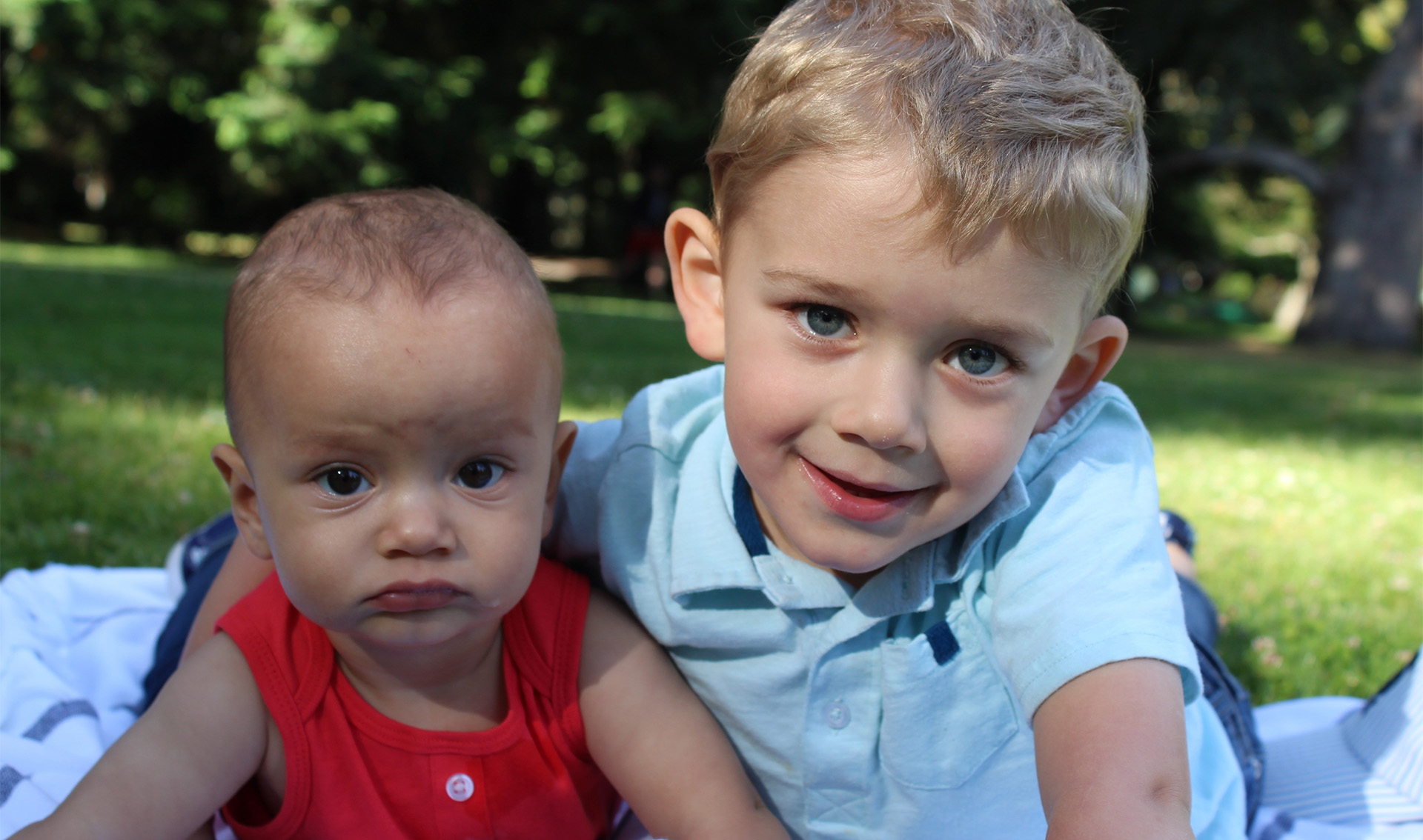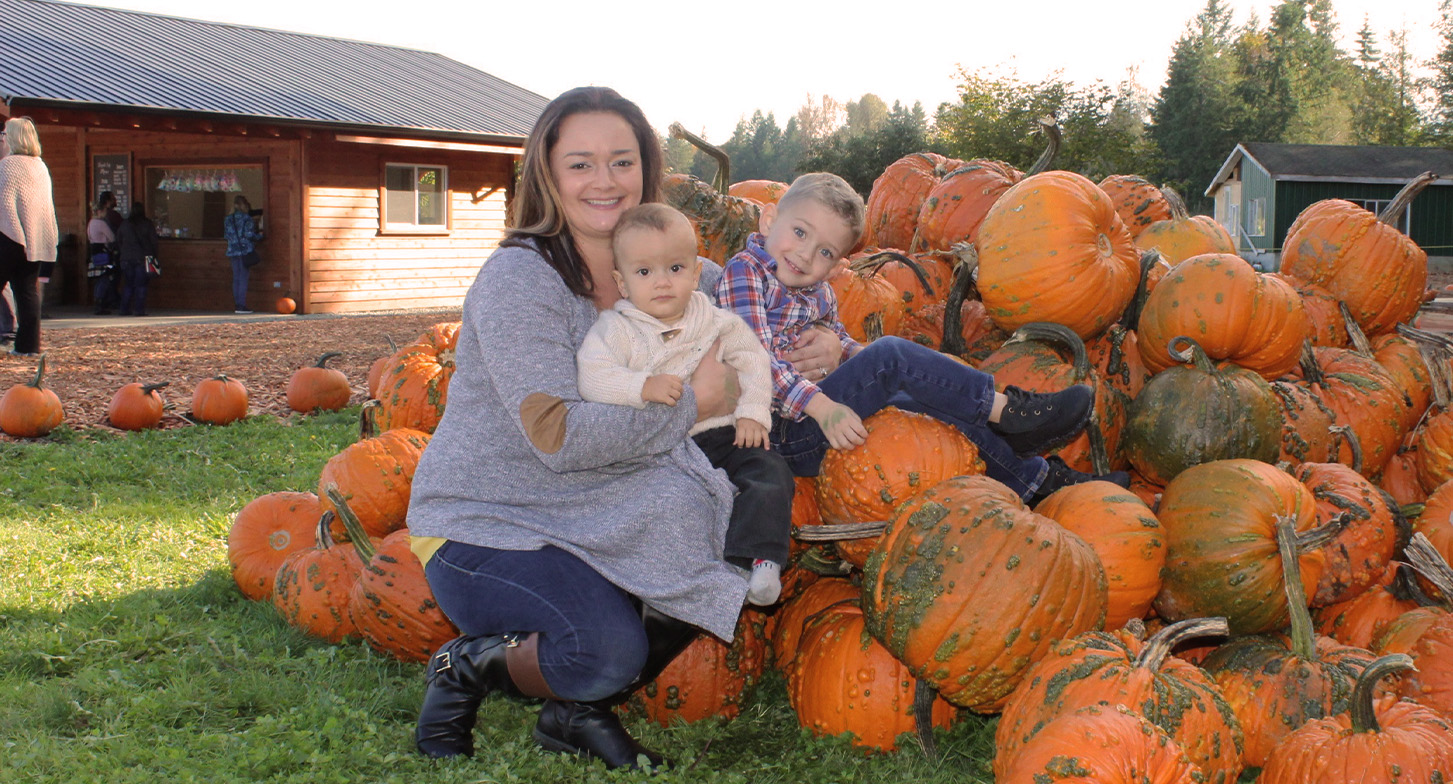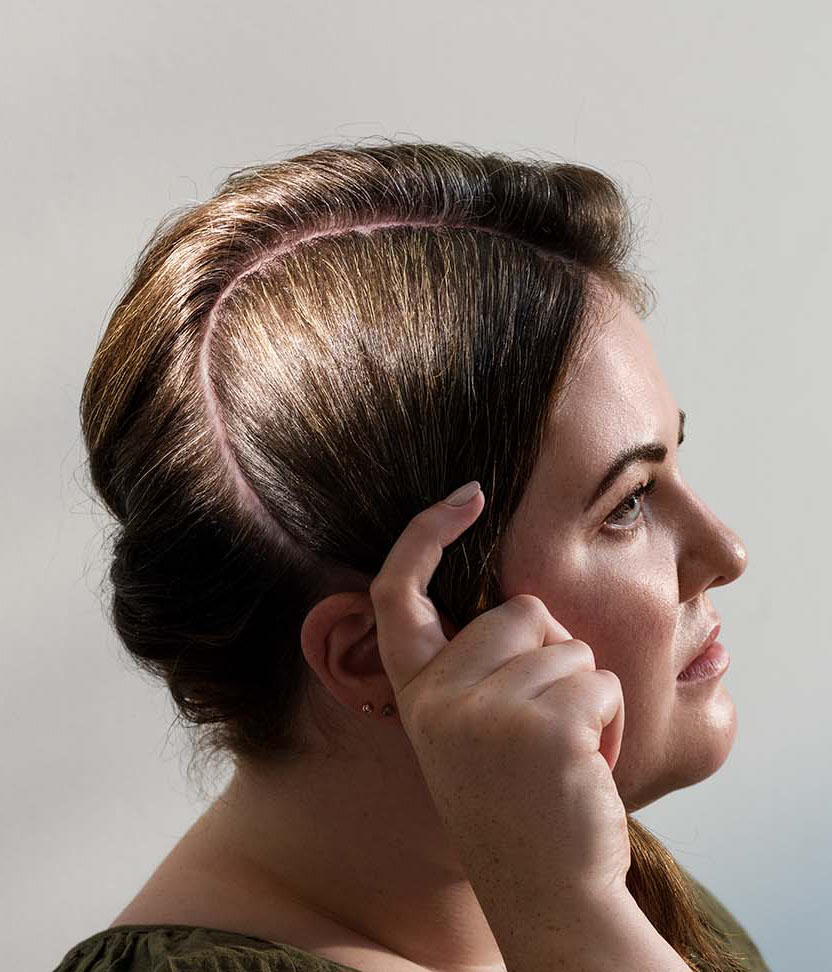
Pregnant and terrified: Megan’s stroke story
Her blood pressure was dangerously high but the young mother was repeatedly sent home
Chapter 1 ‘You’re fine… you’re normal.’
Megan Snook felt not quite right, with swelling hands and feet, blurry vision and a splitting headache. The 30-year-old was in her seventh month of pregnancy. She sent a photo of her latest blood pressure reading to her friend, Carly, a nurse.
The reading was about 150/126 — and Carly was scared, Megan recalls. “She told me I was extremely hypertensive. And she said, ‘I’m coming to pick you up after my shift.’” A blood pressure reading above 130/80 is considered high risk for anyone, and even more dangerous for a pregnant woman.
Soon Carly was at Megan’s door in Campbell River, BC. She got Megan and her toddler, Lucas, into the car. “I’ll take Lucas and drop you off at the hospital,” Carly said. “There’s something not right.”
But that’s not what other healthcare professionals had told Megan. Over the previous few days, she had called her doctor multiple times, been to see her twice, and had visited the labour and delivery ward of the hospital. Everyone told her she was just anxious.
This time, too, the answer was the same: “You’re fine. Everything’s in range, you’re normal,” staff at the hospital told her.
While her blood pressure had subsided, it kept yo-yoing. Megan’s feet and hands remained swollen, and the baby wasn’t moving much. They gave her orange juice to try to get the baby going again, and told her to visit her doctor the next day or come back if there were still problems.
“I felt like they didn’t take me seriously; they put me in the ‘whiner’ box. But I was afraid to push,” says Megan, who had been diagnosed with eclampsia, a high-blood pressure condition, in her first pregnancy.
Chapter 2 A frantic night
Women like Megan sometimes present with cardiovascular symptoms and get turned away. It can happen because healthcare providers don’t have enough information about women and stroke and heart disease, especially during pregnancy. It’s a problem that stems from a research gap: Two-thirds of participants in clinical trials on cardiovascular disease have been men.
Back at home, Megan went to bed early. The pain in her head became unbearable. Around 8 p.m., she screamed for her husband, Jayce.

Levi (left) was born by Caesarean section two days after Megan’s stroke, at four pounds, four ounces, but perfectly healthy.
She could not move, with her left side completely paralyzed, and she could not see. “Megan, what’s wrong?” Jayce asked her. “Are you having a stroke?” As soon as she heard the word she knew that’s what it was.
After Jayce called 911, Megan was back at the hospital. A frantic night followed, with fog preventing an air ambulance from taking Megan to a stroke centre in Victoria. Eventually she was driven the 265 kilometres south in an ambulance, while her parents rushed the opposite way and picked up Lucas in Campbell River.
Doctors diagnosed Megan as experiencing two hemorrhagic strokes, one in the right occipital and the other in the right parietal lobe of her brain.
Chapter 3 A different future
It’s rare, but 30 out of 100,000 women experience a stroke in pregnancy.
This type of stroke can be caused by very high blood pressure, so prevention involves keeping blood pressure down. Treatment includes medications to control blood pressure and relieve pressure on the brain, and sometimes surgery. However, because she was pregnant, Megan’s healthcare team could do little to treat her.

Megan with her son Lucas during her recovery at the hospital.

Megan is doing well today but continues to experience effects from her stroke including pain and issues with her vision.
The shock of the experience sent her into labour. Levi was born by Caesarean section two days after the stroke, at four pounds, four ounces, but perfectly healthy.
Megan received excellent care during the month she spent in hospital. But she faced many challenges in her recovery. “I was a new mom and suffering from a brain injury and I was just so tired.” It was hard to find supports such as physical therapy or child care in her community, and she was denied some services that were only available to seniors.
More than four years later, Megan still has chronic pain, tires easily and can’t see the left side of her field of vision. She is unable to drive or work. The family moved to a farm in Saskatchewan, where the steadier barometric pressure has helped her feel better.
Today Megan hopes for more research on women’s health. That can lead to better information and hands-on tools for healthcare providers, so women like her will have their concerns heard and their symptoms recognized and treated. Plus she hopes to see improved supports for younger women going through stroke rehabilitation.
Megan’s life is changed forever. But she can care for her two sons and is finding a new way forward with her thriving family and their growing number of horses, dogs and cats. “I’ve got a good sense of humour about it. Because if you don’t laugh, you’ll cry.”
- Learn more about preventing stroke
- Learn more about the gaps that threaten women’s heart and brain health.
- Our free Risk Screen tool helps you understand and manage your risks for heart disease and stroke.

More stories

Preventing stroke before it strikes
Research by Dr. Jodi Edwards could head off the factors that increase risk – especially for women

After a stroke at 24
Surgeons finally put Courtney’s skull back together. Then she had to put her life back together.

Using data to save more women
Dr. Padma Kaul researches ways to improve diagnosis and treatment of heart disease
